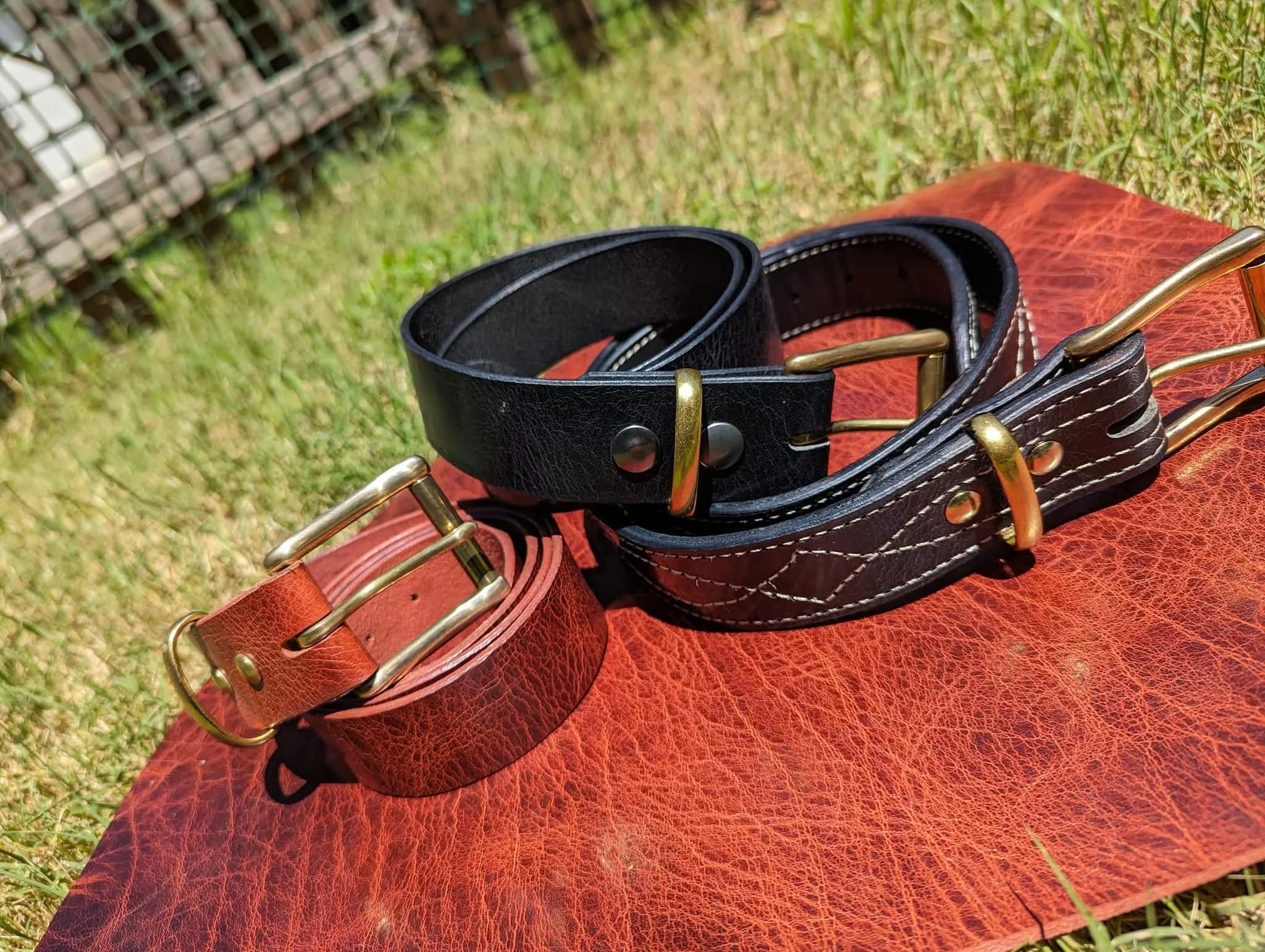Leather with a Story: How to Preserve Your Gear and Its Character
““Take care of your gear, and your gear will take care of you.””
That advice might be modern, but it could have just as easily come from a cowboy on the frontier. Out on the trail, leather wasn’t just a material, it was a necessity. A brittle, cracking saddle, worn-out boots, or a misshapen holster could make a long day miserable, or worse, put you in danger. Whether you’re carrying a holster, packing a bag, or simply wearing boots, proper care is the difference between leather that lasts a few seasons and leather that lasts a lifetime.
Keep it Dry
Water is tough on leather. It strips away the natural oils, and once it dries, the leather can become brittle. If you condition it regularly, you won’t have too much to worry about. Gently blot excess water and let it air dry at room temperature. Don’t put it by a heater or in direct sunlight because that will crack it. Just give it time.
Different items need a little extra attention while drying:
Jackets: Hang on a wide hanger to maintain shape.
Wallets: Keep them closed to prevent them from hardening open.
Bags and shoes: Stuff with crumpled paper to help the leather retain its shape and absorb moisture from the inside.
Condition Every Now and Then
Snake leather knife sheathes
Leather is a skin, and like skin, it needs moisture to stay healthy and flexible. Use a proper conditioner made for the leather your conditioning every few months. Only a thin coating is necessary. Over-conditioning can reduce the leather’s ability to breathe and weaken the fibers.
I personally like to use Saphir. They have products to cover almost any leather type, including exotics. Bickmore is a classic brand that’s also excellent, and Leather Honey has saved cowboy boots I thought were beyond repair. You have to do some research to see what you like.
Proper Storage
Keep leather in a cool, dry spot with good airflow. For bags or boots, stuff some paper inside to help retain shape and absorb moisture, especially in hot, humid summers.
Watch the Heat and Sun
Heat not only dries out leather but fades its color and can warp the fit. Avoid leaving leather in a hot car or baking in the sun. Especially holsters where warped leather could prevent the holster from doing its job properly.
Patina is Part of Your Story
Scratches and dark spots aren’t flaws. They’re part of how leather ages and develops character. With a little care, patina makes a piece unique and only adds to its appeal.
Custom leather belts
Do’s and Don’ts of Leather Care
Do:
Wipe down dust and dirt with a soft cloth
Condition lightly every few months
Let leather dry naturally if it gets wet
Store it in a cool, ventilated place
Accept patina as part of the charm
Don’t:
Use olive oil, alcohol, or harsh cleaners
Leave leather in direct sunlight or heat for long stretches
Over-condition until it feels greasy
Trap it in plastic or airtight containers
Rush the drying process
Final Words
Leather has always been valued because it’s tough, reliable, and built to last. Exotic hides need a little extra attention, but the principle is the same: respect the material and it will respect you. At Tombstone Leather Co., every piece I make is built with that same principle in mind: gear you can rely on, and gear worth taking care of.
Working hard!




